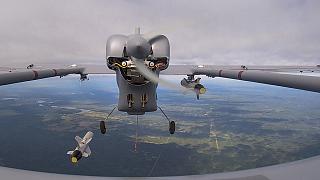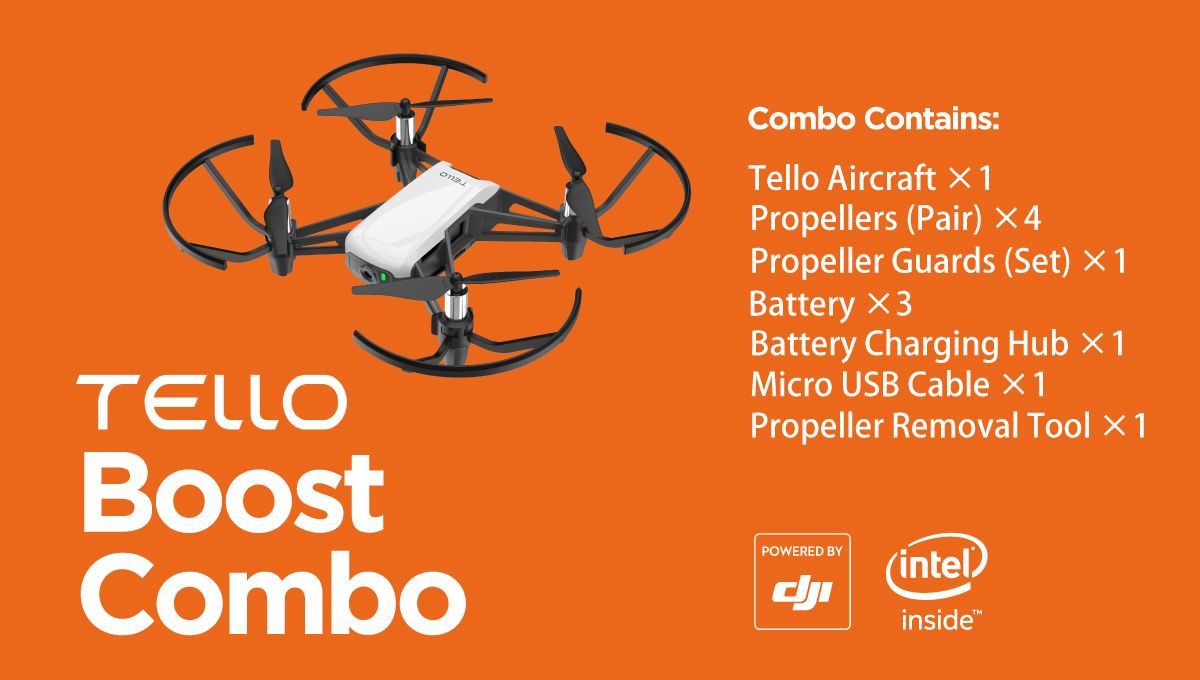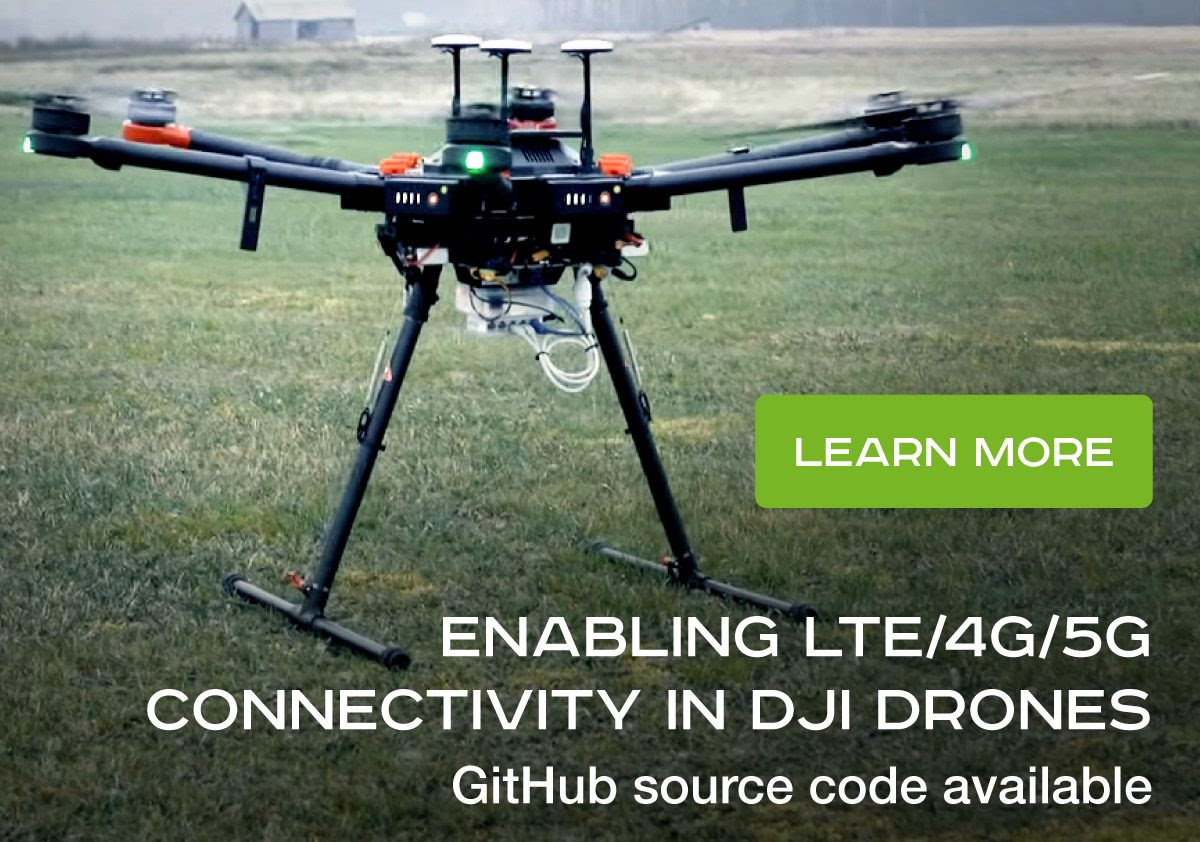
A drone can be used for inspection for many reasons, but not all are appropriate for the job. Using a drone to inspect assets can help inspectors discover maintenance problems, but the repairs must still be done manually. The drones can be used as an additional tool for inspectors. Some inspectors prefer to use the inspection cameras that they have hung from ropes, while others may drop them off at assets. In these situations, drones are the perfect tool.
Drone 20
Among the advantages of using a drone for inspection is its ability to capture high-quality data at high speed. Drones are able to capture a consistent image without the need to climb down to view the contents of buildings. The increased zoom can also help to identify missing parts or small defects. Shell Deer Park, in the US has been using drones as an inspection tool since 2016. The drones are used to inspect industrial equipment including flare tips and floating roof tanks.
Thermal camera
The thermal camera attached to a drone is a great tool for inspection. You can inspect large areas quickly with it. Thermal imaging is also faster than other methods of inspection and can be used to view objects close up. Emitec drones are equipped with advanced thermal imaging systems and use a proprietary HD Downlink solution to transmit thermal images to multiple monitors, or to a tablet PC.
Light
Drones have been around since the early 2000s, and the technology behind it has changed significantly. Whether you're using a light drone for inspection or a large, sophisticated industrial drone, you can use one to gather data in a variety of applications. Drones are the most used tool in the energy industry to inspect power lines and gas lines. The drone can inspect wind turbines by surveying the nacelles, leading edges and lightning receptors. A drone can collect data on the health of the turbine and also take high-resolution photographs of any damage. This data can then help plan the repair work.

Vertical attachment mechanism
It is easy to attach a drone to a wall using a vertical attachment mechanism. These drones are capable of hovering at high altitudes above the surface. Additionally, the probe can be detached while it is being tested. The drones can hover at high altitude over the surface thanks to their articulating joints. They may absorb some of impact if the UAV falls on its side. They can also be remotely controlled and partially automated.
Safety
Drones are an increasingly popular way to inspect. Drones are a great way for companies to reduce the cost of material transport, monitor and inspect, as well as streamline their inspection procedures. An FCC unit, for example, converts heavy crude oil to more valuable fuel products. It is made up of many pipes and cyclones. A riser pipe is the one that mixes heavy oil and powdered catalytic at high temperatures in the center. In order to inspect this pipe manually, inspection workers would have to saw an access hatch in the top of the riser, then lower themselves inside the pipe using ropes. This risk is completely eliminated by a drone.
Cost
There are many advantages to using drones for construction site inspection. Drone inspections can save money by not having to use scaffolding or heavy machinery. The downtime that scaffolding can cause is costly and can also lead to increased costs. Drones can also reduce the need for liability insurance. You could save thousands every year on your maintenance cost. While drone inspections are commonly used by construction companies, this is not their only option.
Efficiency
Although drones can be used for inspection, they cannot replace a human inspector. An inspection task typically takes between 10-12 hours if a technician attends. Drones can complete this task in less time than an hour. These drones can also be used to reach confined areas where humans are not able. This allows companies to save thousands on inspection costs. This technology isn’t yet available for every industry.

FAQ
What is the difference between a quadcopter and a hexacopter?
Quadcopters are four-rotor helicopters that fly like traditional helicopters. It is equipped with four rotors, each of which can rotate independently. The hexacopter looks similar to a quadcopter, but it has six rotors rather than four. Hexacopters are stabler and more maneuverable than quadcopters.
What laws are there regarding drones flying?
The Federal Aviation Administration (FAA), in the United States, regulates all aspects related to drone operations. To operate a drone commercially, you must first get a certificate from the FAA. First, you need to take a course about piloting and pass an exam. You will then need to pay an agency fee.
Which US states allow drones?
You can legally fly a drone for personal use. The Federal Aviation Administration (FAA), established guidelines that allow individuals to fly small unmanned aircraft systems. Before they can be flown, these UASs need to be registered with FAA. If certain conditions are met, the FAA allows commercial operators to fly these UASs.
Is it illegal to fly a drone?
Yes, flying drones in certain countries is illegal, such as Australia and Canada, Germany, Japan. New Zealand. Singapore. South Korea. However, it is legal in other countries like France, Italy, Netherlands, Poland, Russia, Switzerland, Turkey, Ukraine, and Vietnam.
What are the rules of operation when using drones?
Registering your drone with FAA is required. You will need to submit information about your drone including its weight and size as well as operating frequency. You will also need to get an FAA identification number.
Statistics
- According to industry research from ZipRecruiter , there are 10 cities where the typical salary for a Drone Pilot job is above the national average. (dronesgator.com)
- With the top 10% making over $100/h and the bottom 10% making as low as $10/h. (dronesgator.com)
- According to the multiple listing service (MLS), houses and apartments with drone photographs are up to 68 percent more likely to sell than those without pictures. (thedroneu.com)
External Links
How To
How do you clean your drone?
The tips below are some things you should know before cleaning your drone. If you want to make sure you get every last bit out of your drone, then read this guide!
-
Make sure you have the right tools. Before you begin anything, ensure you have all of the necessary tools. You'll need a soft brush (or a toothbrush) and cleaning solution (we recommend WD40)
-
Remove the battery pack. First, remove the battery pack from your drone's bottom. It is often easy to find the battery beneath the propeller. You should be careful to not lose any screws in the process of removing the propeller.
-
All parts must be removed. Next, remove everything from the drone's lower side. You should make sure that they are not loose as they could fall off during cleaning.
-
Use a cleaning solution. Now it is time to clean the drone. Before doing so, we recommend using a cleaning solution such as WD40. Spray the entire surface of the drone with the cleaner. Make certain to get in between components. Leave it to dry completely before putting everything back together.
-
Replace the battery. It's crucial to place the battery after you have cleaned your drone. So you can check the performance of your drone after cleaning it.